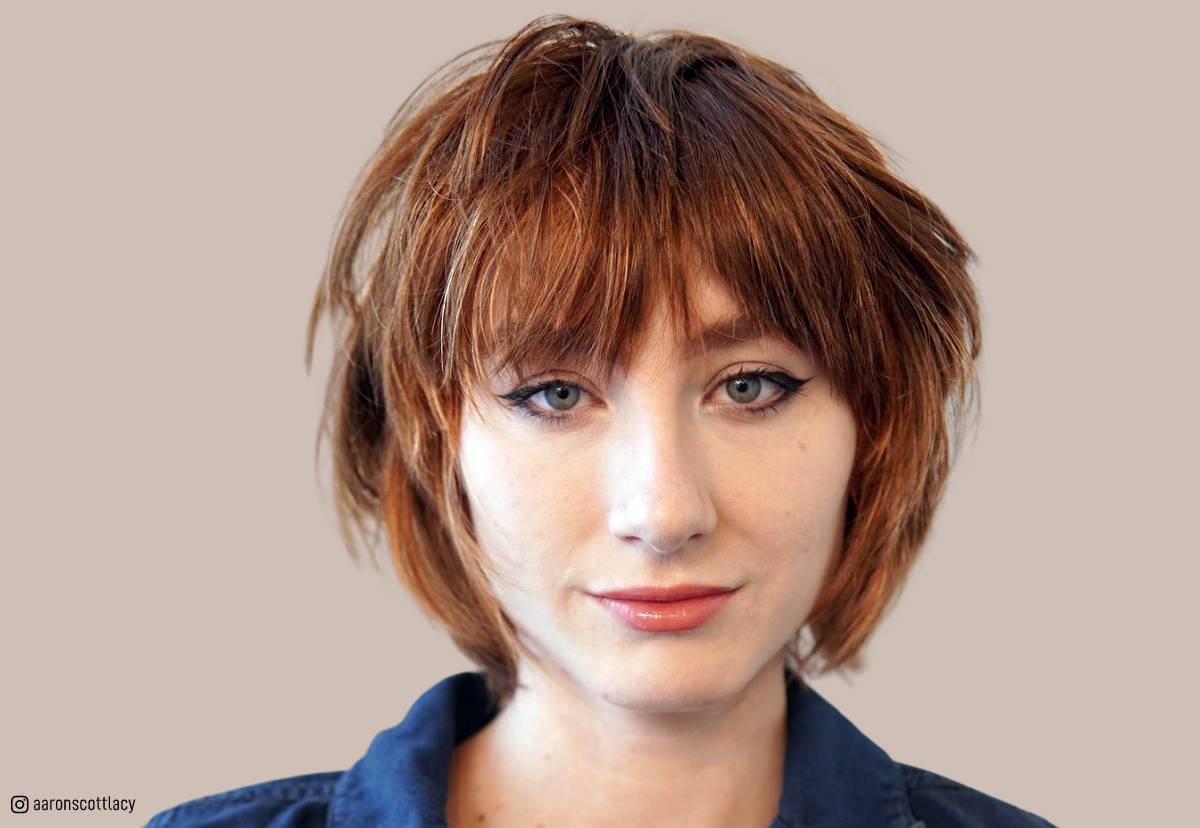In today’s digital age, we all rely heavily on our electronics to provide us with entertainment and information. And one of the best ways to enjoy high-quality videos and luxury audio at home is to connect your PC to your TV. This can be accomplished easily with an HDMI cable, but what if your computer doesn’t have an HDMI port? This is where an adapter comes in handy. In this article, we’ll discuss what adapter you need to hook an HDMI cable to your PC to watch TV.
First off, let’s talk about what an HDMI cable is. An HDMI (High-Definition Multimedia Interface) cable is a digital cable that transmits both high-definition video and audio signals between devices. These devices include TVs, computers, gaming consoles, and DVD players. The popularity of HDMI cables stems from their ability to transmit high-quality audio and video in a single cable, eliminating the need for multiple cables to connect different components.
Now, when it comes to connecting your PC to your TV, you will need an adapter if your computer doesn’t have an HDMI port. To figure out what type of adapter you need, you need to determine what type of video output your computer has. Most modern computers come equipped with either a DisplayPort or a VGA port.
If your computer has a DisplayPort, then you will need a DisplayPort to HDMI adapter. These adapters are straightforward to use and plug-and-play, meaning there are no drivers or software required. Simply connect the adapter to your computer’s DisplayPort, plug in the HDMI cable to the adapter, and connect it to your TV.
If your computer has a VGA port, you will need a VGA to HDMI adapter. These adapters are a bit trickier to use because they convert analog signals to digital signals. As a result, they require drivers or software to work correctly. To use a VGA to HDMI adapter, you will need to install the necessary drivers onto your computer before connecting your TV.
It’s important to note that not all VGA to HDMI adapters are created equal. Some of the cheaper models may not support high-resolution video or audio signals, resulting in a poor viewing experience. If you plan on using a VGA to HDMI adapter, we recommend investing in a higher-end model to ensure the best picture and sound quality possible.
Another option is to use a USB to HDMI adapter. These adapters are most commonly used to connect a second monitor to a computer, but they can also be used to connect a TV. They are easy to use and require minimal setup. Simply connect the adapter to the USB port on your computer, plug in the HDMI cable, and connect it to your TV.
It’s important to note that not all USB to HDMI adapters are created equal either. Some models may struggle to transmit high-resolution video, resulting in a subpar picture quality. If you plan on using a USB to HDMI adapter, you should invest in a model that has good reviews to ensure it can handle high-resolution video and audio signals.
In summary, here are the adapters you need to hook an HDMI cable to your PC to watch TV, based on the video output of your computer:
– DisplayPort: DisplayPort to HDMI adapter
– VGA: VGA to HDMI adapter
– USB: USB to HDMI adapter
FAQs:
Q: What is the difference between DisplayPort and HDMI?
A: DisplayPort is a newer standard for transmitting video signals, and it supports higher resolutions and refresh rates than HDMI. However, most devices, including TVs, still use HDMI as the primary standard for video and audio transmission.
Q: Can I use an HDMI splitter to connect multiple devices to my TV?
A: Yes, an HDMI splitter allows you to connect multiple devices to a single HDMI port on your TV. However, it’s important to note that using a splitter may result in a degradation of picture and audio quality, especially if you’re attempting to split the signal to two or more displays with different resolutions.
Q: Can I use a DVI to HDMI adapter to connect my PC to my TV?
A: Yes, you can use a DVI to HDMI adapter if your computer has a DVI port. However, DVI does not support audio, so you’ll need to use a separate cable to transmit the audio signal to your TV.


